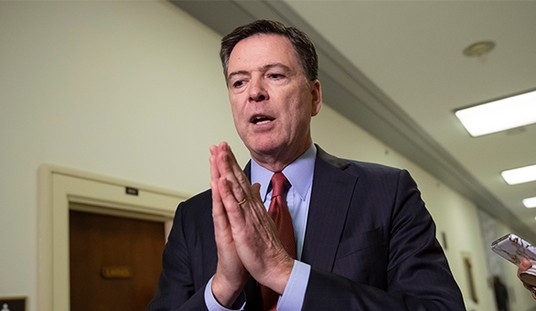As you walk the streets of Jerusalem’s Old City, you may find it hard to believe that Israelis and Palestinians are in their 63rd year of conflict. In the Muslim Quarter of the Old City, Arab shopkeepers hawk their merchandise not only to tourists but also to their Jewish Israeli neighbors; you’re as likely to hear Hebrew spoken as Arabic; and most of the time, you can’t tell by looking who is a Jew and who is an Arab. At the end of the day, most of the Arabs who work in the Old City return to their homes in East Jerusalem, and most of the Jews retreat to West Jerusalem, but the two communities mix here daily, and they get along as well as people in any other civilized city. There is little crime and even less political violence. It certainly isn’t a war zone.
This de facto peace may be the foundation for a genuine and lasting peace one day. Most proponents of a two-state solution to the Israeli-Palestinian conflict, however, would drive an international border through the Old City, dividing it—and the rest of Jerusalem—between the two sides. As divided cities around the world have shown, such a plan would be unlikely to work. Not only might it spell the collapse of a delicate and hard-earned status quo; it could wreak lasting damage on a city beloved by both peoples.
Before 1948, Jerusalem had a Jewish majority. But in May of that year, the British Mandate in Palestine expired, Israel declared its independence, and the new country was promptly invaded by Egypt, Jordan, Syria, and Iraq. The war lasted until the following year, when Israel signed separate armistice agreements with each of the aggressors. The Jordanian-Israeli armistice line, drawn where each army happened to be standing at the time of the cease-fire, slashed right through the center of Jerusalem, with the Jordanians controlling the eastern, northern, and southern sectors (what today is generally called “East Jerusalem”) and the Israelis controlling western Jerusalem and an enclave in the east on Mount Scopus. The line became known as the Green Line. Neither Israel nor Jordan ever declared it a border; each side hoped that it was temporary and that Jerusalem’s final status would be decided later, either by negotiation or by conquest.
Israel’s toehold in western Jerusalem was surrounded on three sides and connected to the rest of the country by a narrow strip of land just a few miles wide. Jordanian soldiers held the high ground overlooking that corridor and the rest of the city, and despite the armistice, they frequently fired artillery shells, mortars, and sniper rounds at Jewish civilians on the Israeli side of the Green Line. Jews caught on the Jordanian side were even less fortunate; those who weren’t expelled were killed or taken to prison camps, and their property was confiscated or destroyed. The Jordanians ravaged Jewish cultural and holy sites in East Jerusalem—bulldozing an enormous 2,000-year-old cemetery on the Mount of Olives, razing the Jewish Quarter of the Old City, and reducing synagogues to rubble. Abdullah el Tell, a Jordanian commander and later the military governor of the Old City, even boasted about it. “For the first time in 1,000 years, not a single Jew remains in the Jewish Quarter,” he said. “Not a single building remains intact. This makes the Jews’ return here impossible.”
Read the rest in City Journal.









Join the conversation as a VIP Member